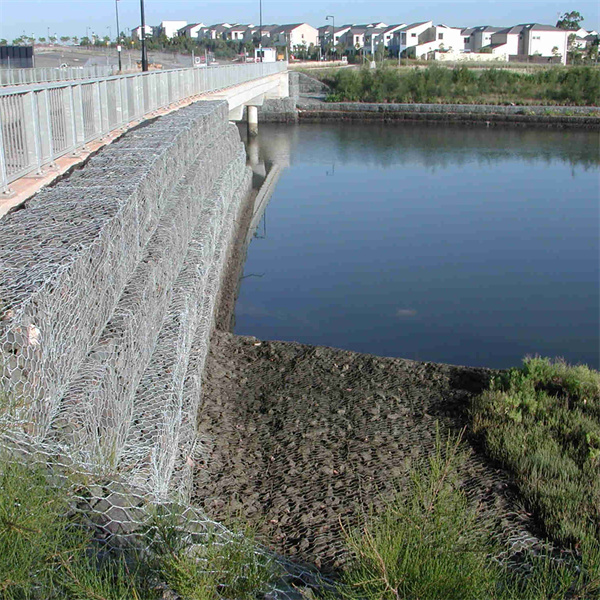Sep . 28, 2024 01:56 Back to list
Design and Construction Principles for Effective Gabion Structures in Engineering Applications
Gabion Wall Engineering An Innovative Solution for Erosion Control and Structural Support
Gabion walls have gained significant traction in engineering and construction due to their versatility, durability, and aesthetic appeal. Essentially, gabions are wire mesh containers filled with rocks, stones, or similar materials. They can be used in a variety of applications, including erosion control, retaining walls, and decorative landscaping features.
Gabion Wall Engineering An Innovative Solution for Erosion Control and Structural Support
In addition to erosion control, gabion walls provide an excellent solution for retaining soil on slopes. By incorporating these structures into a landscape design, engineers can create safe and stable environments on steep inclines. The weight of the stones within the gabion, combined with their interlocking system, contributes to the overall strength and stability of the wall. These walls can be built to various heights and configurations, making them suitable for a range of terrains and projects.
gabion wall engineering

Gabion walls are also environmentally friendly. They utilize natural materials, which can often be sourced locally, thus reducing the carbon footprint associated with transportation and manufacturing. Furthermore, as the stones weather and plants grow within the gaps of the structures, gabions can blend seamlessly into the natural landscape. This not only enhances the aesthetic appeal but also encourages biodiversity by providing habitats for various species.
From a construction standpoint, gabion walls are relatively easy to install. The components are lightweight compared to traditional masonry, making them easier to transport and arrange on-site. Workers can quickly assemble the wire mesh cages and fill them with stones, allowing for a more efficient construction process. This simplicity not only saves time but also reduces labor costs, making gabions a cost-effective solution for many engineering projects.
However, it is essential to consider proper design and maintenance practices when implementing gabion walls. Factors such as drainage, foundation stability, and material selection must be carefully assessed to ensure long-term performance. Regular inspections and maintenance routines are crucial to address any issues, such as vegetation growth or erosion around the gabion structures.
In conclusion, gabion wall engineering presents a viable solution for many challenges in civil engineering and environmental design. Their effectiveness in erosion control, soil retention, and aesthetic enhancement makes them a preferred choice for many projects. By integrating these innovative structures into construction practices, engineers can promote sustainable development while safeguarding the environment.
-
Wire Mesh Thickness Impact on Gabion Wall Load Bearing
NewsAug.12,2025
-
Ultimate Guide to Hexagonal Gabion Box
NewsAug.12,2025
-
Types of Rocks for Gabion Baskets Durability and Aesthetics
NewsAug.12,2025
-
Standard Gabion Box Sizes and Their Industrial Applications
NewsAug.12,2025
-
Easy Guide to Building Garden Gabion Cages at Home
NewsAug.12,2025
-
Drainage Solutions for Gabion Mesh Structures
NewsAug.12,2025
-
Visualizing Gabion 3D Integration in Urban Landscapes with Rendering
NewsJul.23,2025






